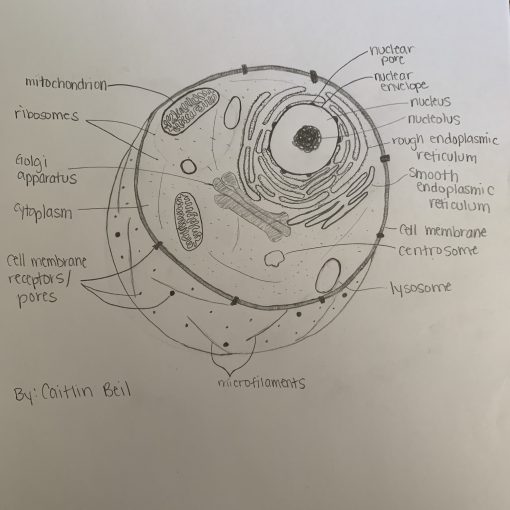Technological and Societal Changes Following the Pandemics
While the most well known outbreak of the plague began in 1347, outbreaks from Yersinia pestis occurred throughout history. Each known outbreak left a lasting impact on the societies affected. Lessons learned from the Black Death pandemic led to the implementation of quarantines for those suspected of having plague and isolation of ships carrying goods from areas where plague outbreaks were occurring. The Third Pandemic led to the discovery of the causative agent of plague and identification of the vector involved in transmission. Understanding how the disease spreads and what causes plague has helped to prevent future pandemics.
Treatment and prevention of plague during the Black Death were characterized by misguided efforts that often did more harm than good. However, one insightful development came out of this time: quarantine. Originally only thirty days long, people and ships were isolated at the port of Ragusa to allow for symptoms to develop in those suspected of having plague. Authorities in Venice increased the amount of time to forty days called the quarantena (from the Italian word for forty, quaranta) (3). This proved to be an effective way to prevent the spread of plague and remains an invaluable tool used by public health officials today.
Quarantines of people, animals, and ships is used globally to identify and contain potential pathogens. The most widespread use of quarantine is in relation to animals, both commercial and privately owned. Many countries require pets transported from another country to be quarantined for a certain number of days upon their arrival before being permitted to remain in the country. Additionally, shipments of live animals between countries require a quarantine period prior to being released to the purchaser (2). The continued use of quarantines demonstrates the lasting effect the plague has had on society.
The Third Pandemic brought about the discovery of the bacteria that causes plague, as well as how it is spread. Only thirty years after the experiments by Louis Pasteur proved germ theory and ten years after the development of Koch’s postulates came the discovery by Alexandre Yersin of the bacillus bacteria that causes plague. Working in Hong Kong in 1894, Yersin was able to isolate the bacteria that came to be named Yersinia pestis from the lymph nodes of infected patients and rats (3). With a known causative agent, further investigation into prevention and treatment could be more effectively conducted.
Four years later, Paul-Louis Simond was able to identify the brown rat and the rat flea as being responsible for transmitting the plague (3). This understanding about the rat’s role as a host for the flea and the flea’s role as a vector led to the development of current plague prevention measures. The Centers for Disease Control currently recommends limiting rodent populations and exposure to fleas in endemic areas. Reducing yard clutter and using flea repellants prevents interactions between humans and infected fleas, thereby reducing the ability for Y. pestis to be transmitted to humans (1).
While the plague is still a threat throughout the world, advancements in our understanding of the disease have prevented further pandemics from occurring. Identification of the bacteria has allowed for development of antibiotics to effectively treat plague patients. Understanding the method of transmission has led to reduce incidences of outbreaks in the 20th and 21st centuries (4). Additionally, quarantines have helped to contain outbreaks of numerous diseases since their implementation in the early 15th century, proving the impacts of the Black Death still can be found today.
References
(1) Centers for Disease Control and Prevention (2018 Nov 27). Plague: Prevention.https://www.cdc.gov/plague/prevention/index.html
(2) Centers for Disease Control and Prevention (2017 Sep 29). Quarantine and isolation. https://www.cdc.gov/quarantine/index.html
(3) Frith, J. (2012). History of the plague: Part 1. Three Great Pandemics. Journal of Military and Veterans’ Health, 20(2). Retrieved from https://jmvh.org/article/the-history-of-plague-part-1-the-three-great-pandemics/
(4) Yang, R. (2018). Plague recognition, treatment, and prevention. Journal of Clinical Microbiology, 56(1), 1-6. https://doi.org/10.1128/JCM.01519-17



